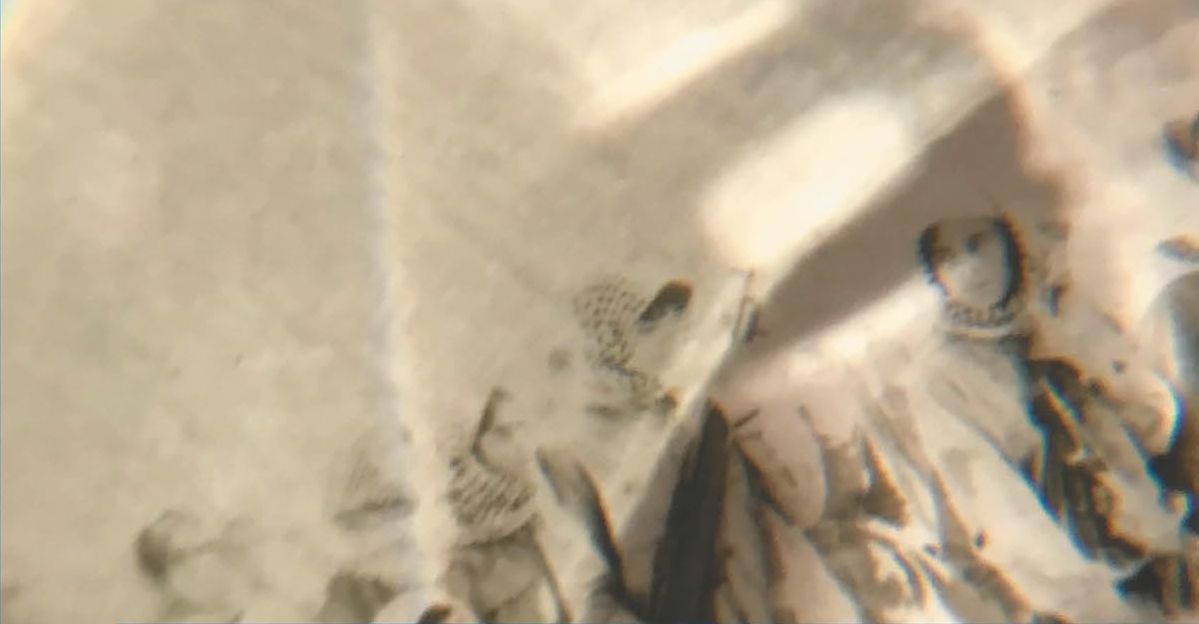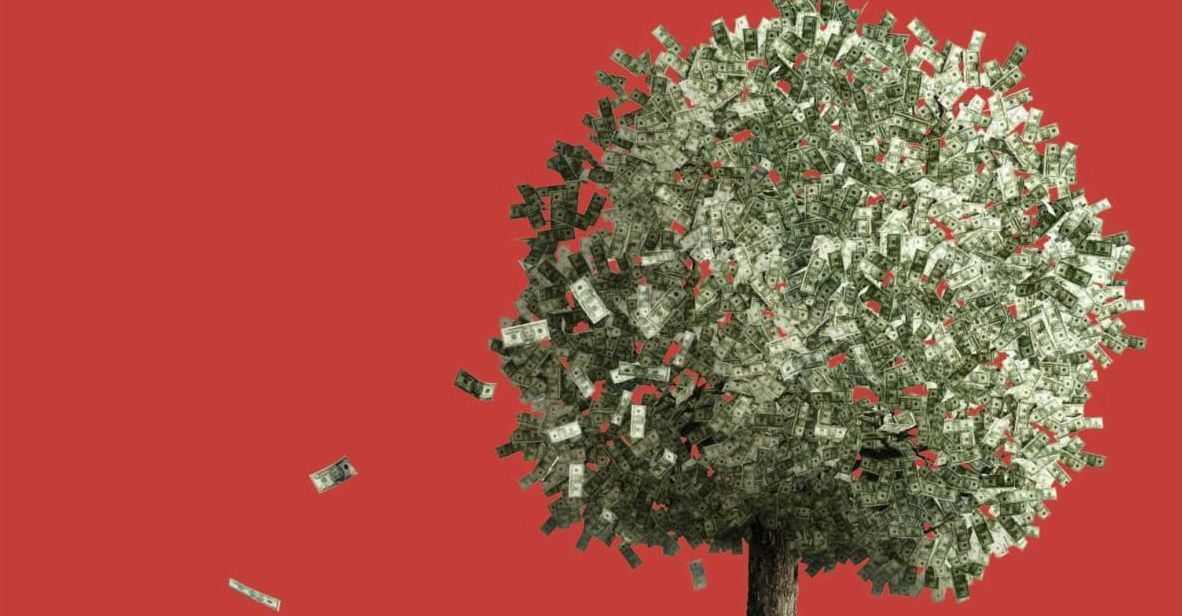The month of March marked the fifty-first anniversary of an official change in Australia’s view of itself. In an effort to ‘populate or perish’, the absolutely Right and unquestionably Honourable men who ran this country on 24 March, 1966 made a pragmatic, yet momentous, leap towards inclusion and cultural diversity. An illuminating discussion took place in the House of Representatives that led to the passing of the Migration ACT 1966, officially ending the White Australia policy.
Yet more than half a century later, Australia is still imagined as a white country, perpetuated in no small part by the stories we tell ourselves in our media, visual arts, performing arts, television and literature.
This old filter of whiteness through which Australia still sees itself is corrosive and dehumanising. It resulted in the first peoples being officially seen as flora and fauna, not human, until the 1967 referendum. It continues to result in an overwhelming whiteness in positions of power, whether in the public or private sectors, government, the education system, the arts or the media. It also results in kids like my son being told that the peach-pink pencil is the ‘skin-coloured’ pencil.
In such great and small ways, Indigenous people and immigrants, whose difference from the mainstream is marked by the colour of our skin and the shapes of our faces, are obliterated from the imagination of the country we love.
One way to resist and write back to this blinkered view of reality, to imagine ourselves into the Australian imaginary, is to seek out stories and tell stories that train the gaze upon ourselves. To do this is to take a selfie. Not just any selfie, but a literary selfie. More specifically, a literary selfie of the country. To do this is to embrace the primarily visual idea of the selfie as a way of reading, writing, and seeking literature, of valuing self-representation in literature. Literature as selfie manifests the ideas of ‘presencing’, of agency and of the literary retweet.
Selfie of a country
Three years ago, on 18 November, 2013, the Oxford English Dictionary named the term ‘selfie’ as Word of the Year. That same year, Michelle De Kretser’s novel Questions of Travel won Australia’s most prestigious literary prizes: the Miles Franklin, the Prime Minister’s Literary Award and the ALS Gold Medal. Reading Questions of Travel, I felt that the novel takes the primarily visual idea of the selfie and shepherds it into the literary sphere.
It is not just a novel about travel or about Australia’s treatment of refugees, or the work of a ‘supreme stylist’, as De Kretser has been referred to. Although it is all of these things. But this book is a selfie: a selfie of a country. And like a selfie, it engages in ‘presencing’, in chronicling what it’s like to live in contemporary Australia. It is an Australian writer exerting agency in telling an Australian story, and in the process, historicising Australia’s connection not just with Europe, but with Asia: a region of which it is an undeniable part. In so doing, it enables and empowers others to ‘retweet’, to be inspired to represent ourselves in Australian stories instead of being represented by others.
‘Presencing’
Questions of Travel spans a period from the 1960s to 2004. It is structured around the lives of Laura, a white-Australian who has the privilege of travelling the world, and Ravi, a refugee from Sri Lanka who has travelled to Australia in starkly different circumstances. Each section cuts back and forth between Laura or Ravi’s lives in asymmetrical and layered, if not quite alternating, chapters. The whole book resonates with aspects of selfie culture. In one particular passage in the book this is most finely felt:
The way home lay past gardens that were gatherings of green decay. Rain might fall, caressing and warm, hardly different from the thick, damp heat that preceded it. Now and then a cloudburst encouraged delirium. Timetables and commuters were thrown into chaos, traffic lights blacked out, the broken bodies of umbrellas littered the streets. Sydney quite forgot that it was Western and efficient. It squinted over its brown back at Africa, at India; an old, old memory of wholeness stirred.
In this section, quite early on in the book, there is a sense of ‘presencing’ that provides a sensuous image of what it is to live in Australia, specifically in Sydney in the twenty-first century. The interactive technologies scholar Martin Gibbs and his colleagues use the term ‘presencing’, blending the words presence and sensing, in relation to selfies, ‘to signify presence, and to communicate an important context and affective situation to a wider social network.’
De Kretser’s work does not reify Australia, but engages in documenting, chronicling, witnessing: rain associated with heat, the inability of urban transport infrastructure to cope with the temperament of the elements and then the deliberate amnesia that brings about the narrowing of the eyes in recognition, across the particularly brown-skin-coloured expanse of a continent.
Agency
I will admit that in a literary space where I don’t often see the self-representation of people like myself, one reason I was drawn to this story is because of the teller of the tale. De Kretser is an Australian writer, having migrated here from Sri Lanka decades ago. I don’t intend to look at her work for ways to illuminate biographical experience. Rather, to use biographical detail to understand why I was drawn to the telling of the tale.
I am with Kaitlyn Greenidge when she says, in relation to cultural appropriation, that you have to love a character into existence, even the ones who don’t look like you, and you have to resist being blind to the structures of power that exist in the world which are mirrored in the publishing world. Questions of Travel does both of these things and it is an example of a writer exerting agency, and saying, as the photography theorist Paul Frosh says in relation to selfies, ‘see me showing you me’ – not in autobiography, but in fiction.
Selfies draw attention to the body of the photographer. (The outstretched arm sometimes holding the selfie stick, the craned neck, the effort to get everything framed just right.) The consequence of this is the creation of what Frosh calls the ‘gestural image.’ Rather than inviting voyeurism, selfies show a ‘self enacting itself.’ Questions of Travel is a book written by a writer who is not from what Ghassan Hage terms the White Nation. Rather De Kretser’s work is that of a writer enacting Australia’s ‘multicultural real’, another Hage-ean term.
Questions of Travel draws attention to the long durée, that long tide of history that binds Australia to the landmass closest to it. Like the family resemblances that a selfie reveals, the text from the book quoted above performs a geospatial analeptic move, looking back to Gondwanaland, to Pangea, to the time when this island continent was connected to Asia. It is analeptic in the pharmaceutical sense of a central nervous system stimulant that is restorative, as well as analeptic in the sense of the rhetorical device of the flashback.
It turns out that as one reads to the end, this is also a proleptic move, flashing forward to Ravi’s decision to return to Sri Lanka, and indeed Laura’s move to go back, at least some way, to where her country came from, a necessary move. A move towards the recuperation not of symmetry, but of wholeness and completion. In looking back to India, to Africa, there is a sense of Australia as a continent recognising its proximity to a wider and ancient social network, not with England, but with Asia. The text not insular and parochial, but outward-looking, and an attempt at a culturing un-cringing.
In this move of recuperation, the Indian Ocean, that great expanse of water between Australia and South Asia and Africa, is seen not as something that divides, but as something that enables connection and ensconces the possibilities of turning and returning, of going back to where we came from. This is water that solidifies connections, that answers in the affirmative the question once posed by Suvendrini Perera: ‘What if the ground beneath our feet turns out to be the sea?’ The presence of the Indian Ocean in this book is palpable in the way it stabilises, validates and provides pathways for the characters’ travels, as well as in the way it unleashes its devastation without warning.
The literary retweet
And so in the end, this book provides a template for the literary retweet. Returning to Paul Frosh, a major component of the selfie is the fact that it gestures toward what he calls ‘corporeal sociability.’ ‘(T)he selfie invites viewers, in turn, to make conspicuously communicative, gestural responses’ that include taking reaction selfies, or responding through gestures: liking, retweeting, commenting.
From my position as an Indian immigrant in Australia, a writer and scholar, Questions of Travel provided a selfie of a country that I and people like me could retweet and circulate, contributing to the flow of the literary selfie. In this book I saw a Sri Lankan Australian author writing about Sri Lanka and Australia and our larger world. A self enacting self. A text saying ‘see me showing you me’. Not through autobiography but through the work that only fiction can do. This literary selfie is an extremely powerful thing. And again, on a deeply personal note, I see Michelle De Kretser, a woman, a writer, a person of colour, suggesting that this is what we are as a country today, an imagined nation framed and filtered and shared through an author who is outside of the dominant culture.
My own book The Permanent Resident is a selfie of sorts, not at all intended as a narcissistic gesture, but as gesture of ‘presencing’, connecting with a wider social network, looking outward despite its specificity, exerting agency. It’s an immigrant saying, this is me showing you me. It attempts to fictionalise stories about Indian Australians told by an Indian Australian. In doing so, it could be called a literary retweet. Not in content of course but in a gesture of homage to Questions of Travel, contributing across national borders to the debate around meaning, flow, representation, and self-representation.
As Aminatta Forna recently wrote in The Guardian, ‘The power of the story lies in the hands of the storyteller, to see oneself only ever reflected through the eyes of another is to view the self through a distorting lens, this is the shared experience of all those whose place in history has been marginalised.’ She suggests ‘[w]e take back our stories, we occupy the centre, we reverse the gaze, we keep battling.’
Just as sharing and retweeting a visual selfie is enabled by access to the means of production, so too is a literary retweet. I recognise that my own literary selfie is enabled by my very privileged access to and benefit from an agent, a publisher, educational institutions, and literary networks. It is time for a more concerted effort on our parts as readers, writers, seekers and gatekeepers of Australian literature, to think about how the idea of literature as selfie would enable a contemporary Australian literary landscape that is more representative of contemporary Australian life.
Image: Hosier Lane / wikimedia



